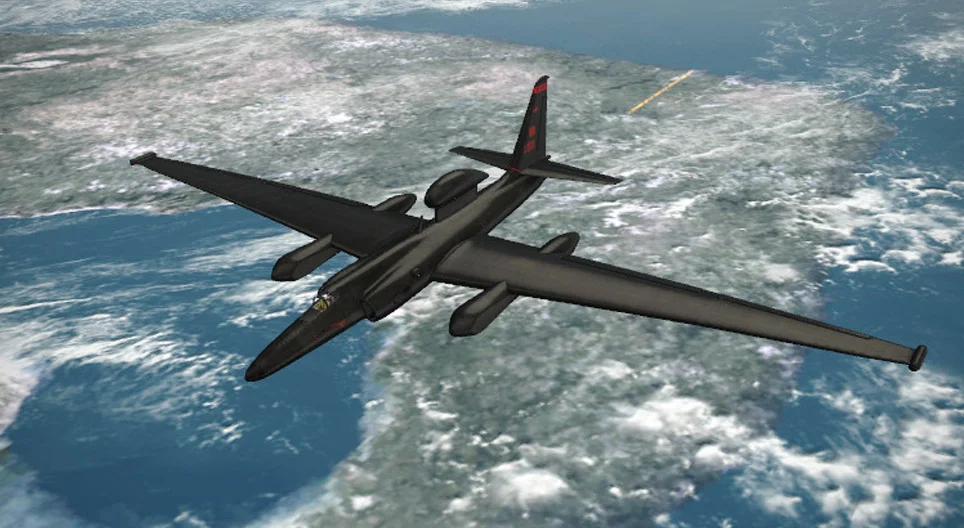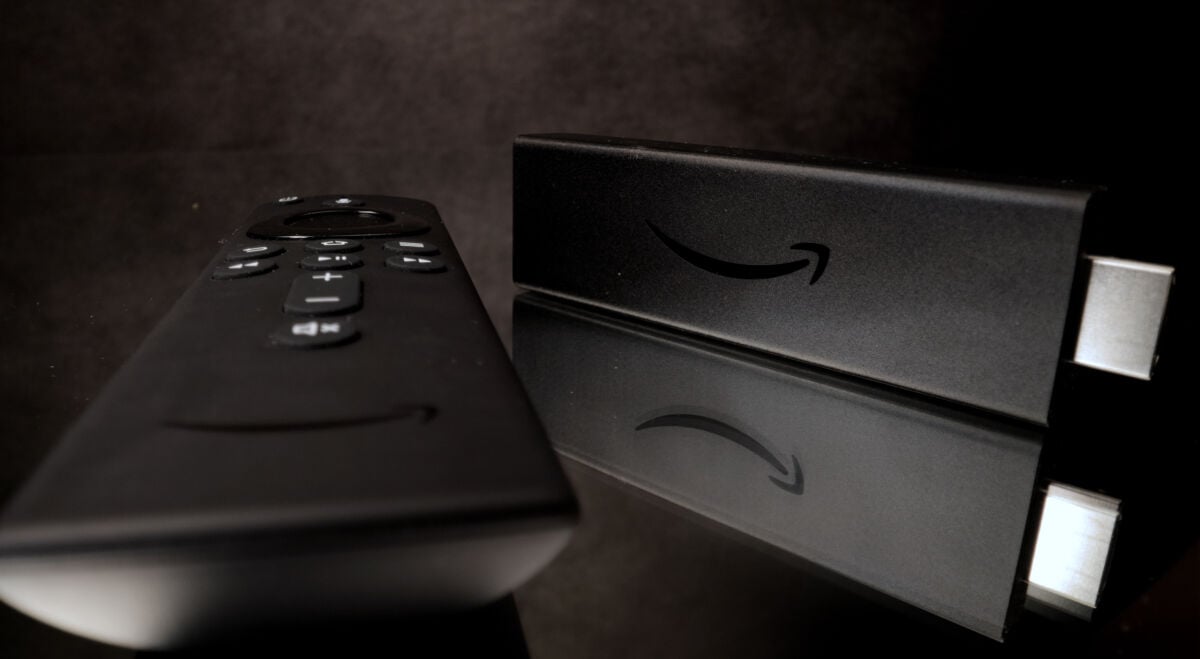The agency’s two ER-2 (Earth Resources 2) aircraft are based on the Lockheed U-2 reconnaissance aircraft developed in the 1950s at the top-secret Groom Lake test range, which became U.S. Air Force Area 51.
Like their U-2 predecessors, NASA’s ER-2s can fly well above 18,000 meters (60,000 feet) and have flown more than 4,500 missions examining Earth’s atmosphere, related phenomena, ozone levels, and have even been used to test new satellite sensors.
Now the ER-2s are back in the desert, where the U-2s from which they were modified once caused UFO sightings. Starting in September 2023, NASA has deployed one of these ER-2 aircraft to help find mineral deposits hidden in the American desert, minerals vital to the production of electronics, the US economy and, by extension, national security. The mission is known as GEMx, or World Mapping Geological Experiment, and is being conducted in collaboration with the United States Geological Survey (USGS).
“The United States depends on a reliable supply of Earth’s materials to support its economy and national security,” USGS geophysicist Raymond Kokaly told NASA. “Such materials are considered critical minerals because an interruption in their supply would lead to significant adverse consequences. It is almost certain that undiscovered deposits of at least some of these critical and strategic minerals exist in the United States, but modern geophysics is needed to advance our knowledge of these resources.” data is needed.”
The GEMx mission involves flying NASA’s ER-2 and one of its modified Gulfstream V business jets over the American Southwest, including California, Nevada, Arizona and New Mexico. For this particular experiment, ER-2 flies at an altitude of 65,000 feet (19,800 m) over these arid regions with special sensors collecting hyperspectral images.
These images consist not only of visible light but also various bands of infrared and thermal radiation, allowing researchers to see what NASA calls “geophysical complexities behind seemingly flat or monochromatic surfaces” that can indicate the presence of important minerals. GEMx’s mission. hunting.
Ultimately, the mission is a national security mission aimed at helping the United States break away from its dependence on foreign electronics, not only for consumers but also for government and military customers. “If this mission can successfully identify critical minerals at U.S. development sites, we may be less dependent on foreign entities for these critical minerals,” Kevin Rieth, NASA’s GEMx deputy program manager, said in the agency’s statement.
The Biden-Harris administration has made increasing domestic U.S. supplies of these minerals a priority in recent years, signing an executive order in 2021 aimed at reducing “overreliance on foreign sources and hostile countries for critical minerals and materials.” Threats to national and economic security”.
Currently, the market for these minerals in China is cornered. “Globally, China controls most of the processing and recycling market for cobalt, lithium, rare earths and other critical minerals,” according to a 2022 White House news release.













